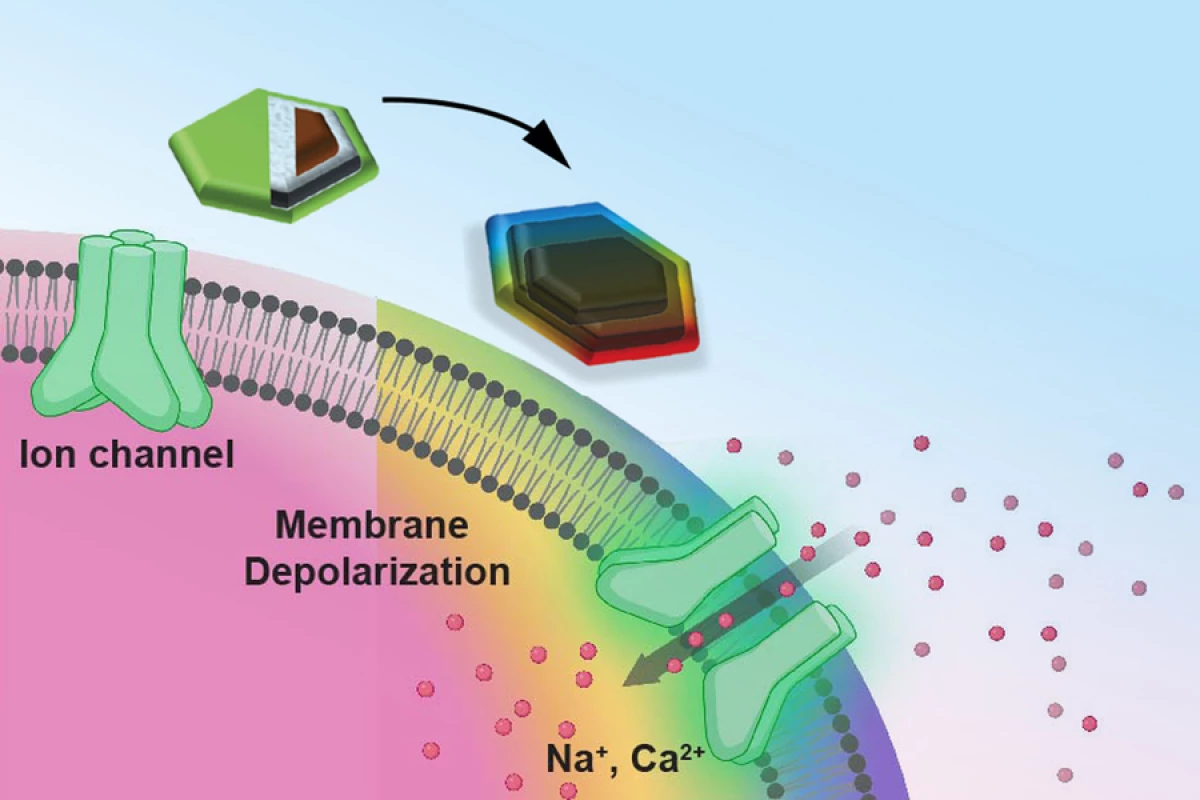Although brain-implanted electrodes do help minimize the effects of Parkinson's disease and other neurological disorders, implanting and activating those electrodes can be a tricky process. That's why scientists are now developing an alternative, in the form of tiny injectable magnetic discs.
Implanted electrodes are utilized in a type of therapy known as deep brain stimulation (DBS). As its name implies, this treatment involves delivering electrical signals to specific parts of the brain, selectively stimulating neurons in those areas.
Needless to say, brain surgery is required in order to get the electrodes into the target regions of the brain. Additionally, the electrodes are powered and controlled by a pacemaker-like device that is implanted beneath the skin in the chest. Subcutaneous wires run all the way from that device to each of the electrodes.
While a number of simpler, less invasive DBS methods are in the works, many of them are limited to use on the surface of the brain, they stimulate too general of an area, or they only work on brain tissue that has already been genetically altered.
That's where the tiny "magnetoelectric nanodiscs" (MENDs) come in.
Developed by scientists from MIT and Germany's Friedrich-Alexander University, the flat hexagonal particles are each just 250 nanometers in width, and consist of a two-layer magnetostrictive core housed within a piezoelectric shell. Magnetostrictive materials change shape when magnetized, whereas piezoelectric materials produce an electrical current when subjected to mechanical strain.
Upon being exposed to an externally applied magnetic field, the cores respond by changing shape. As they do so, they induce strain in the enveloping shell material, causing it to produce electricity. The physical restrictions imposed by the flat shape are the key to this effect – previously developed spherical magnetic particles didn't work nearly as well.
Once the magnetic field is shut off, the MENDs revert to their previous inert state.

The idea is that batches of the devices could be injected deep into the brain to the precise regions in which they're needed, through small holes drilled in the skull. They could then remain in place permanently, periodically activated by an external electromagnet.
In a test of the technology, droplets of the MENDs (in a carrier solution) were injected into the subthalamic nucleus region of the brains of lab mice. The subthalamic nucleus is the region in which Parkinson's-disease-treating electrodes are usually implanted, as it's associated with motor control.
It was found that by activating those discs via a relatively weak external electromagnet, the scientists could produce the same amount of motor control as was possible using implanted electrodes delivering mild electrical stimulation. The researchers are now working on boosting the piezoelectric effect, in order to produce a stronger, more effective electrical current.
A paper on the study – led by MIT's Prof. Polina Anikeeva and grad student Ye Ji Kim – was recently published in the journal Nature Nanotechnology. Last year, scientists in Korea also reported success with injected particles that are activated by ultrasound instead of magnetic fields.
Source: MIT




